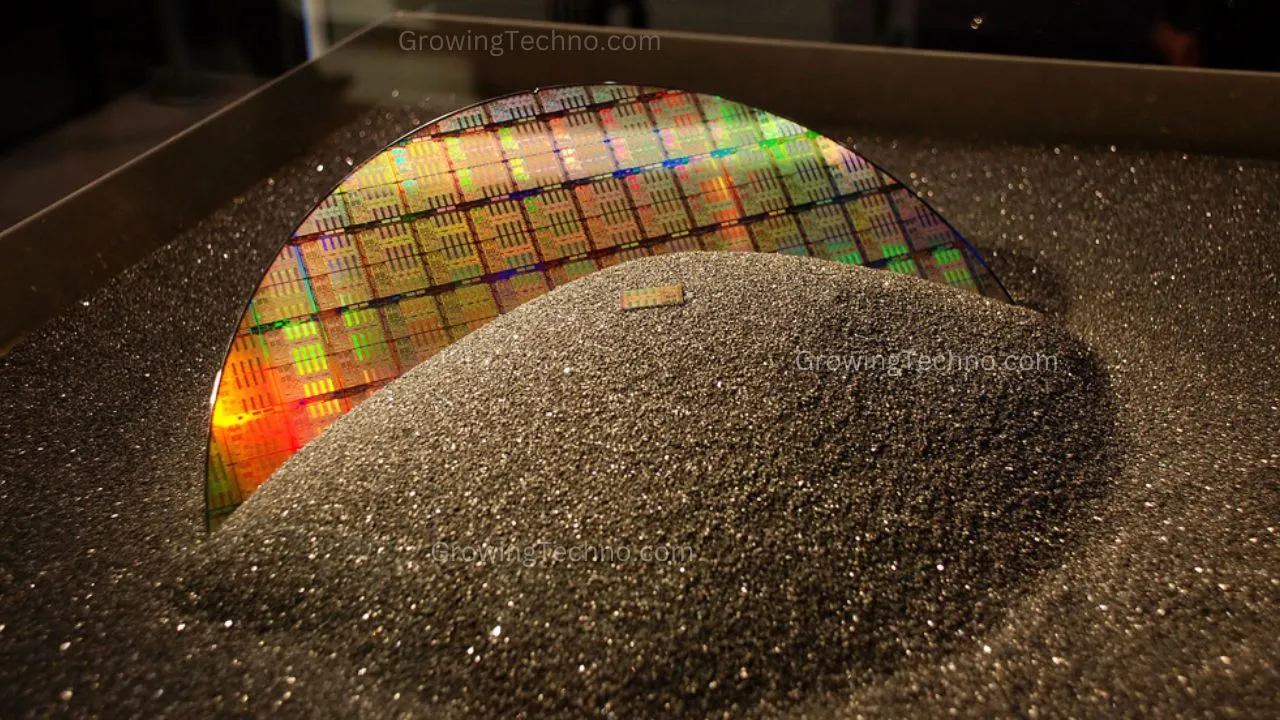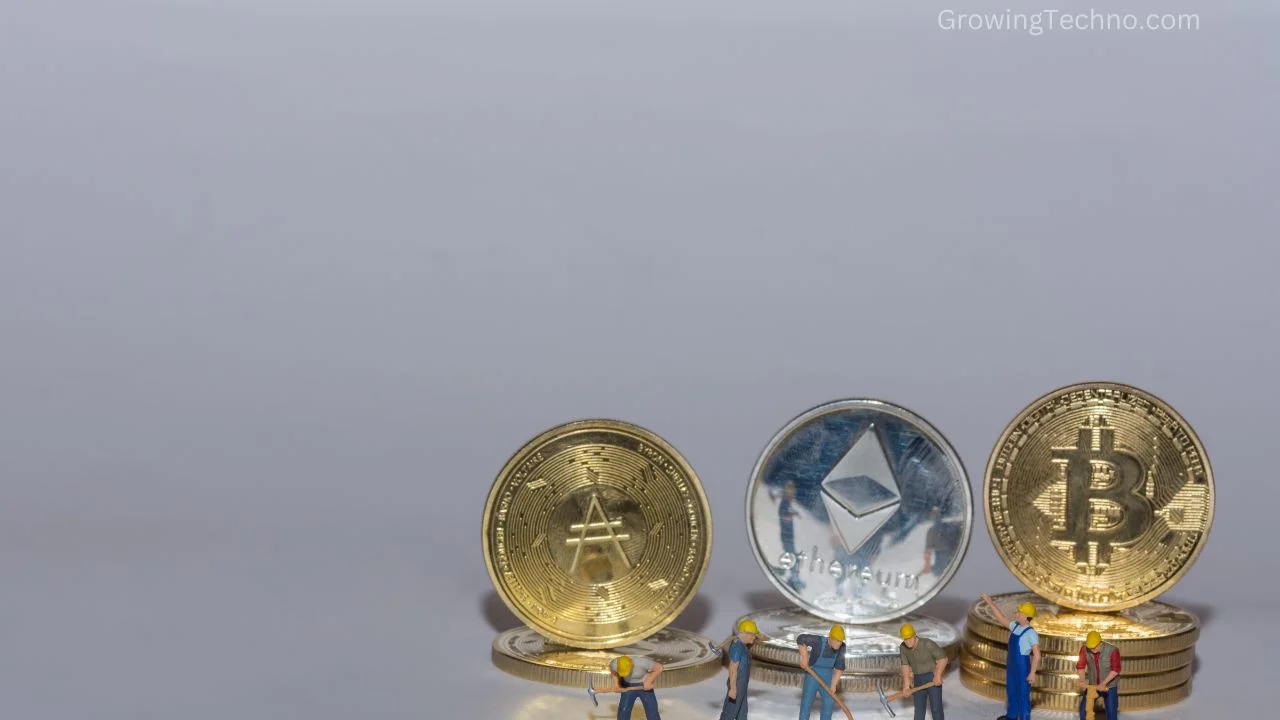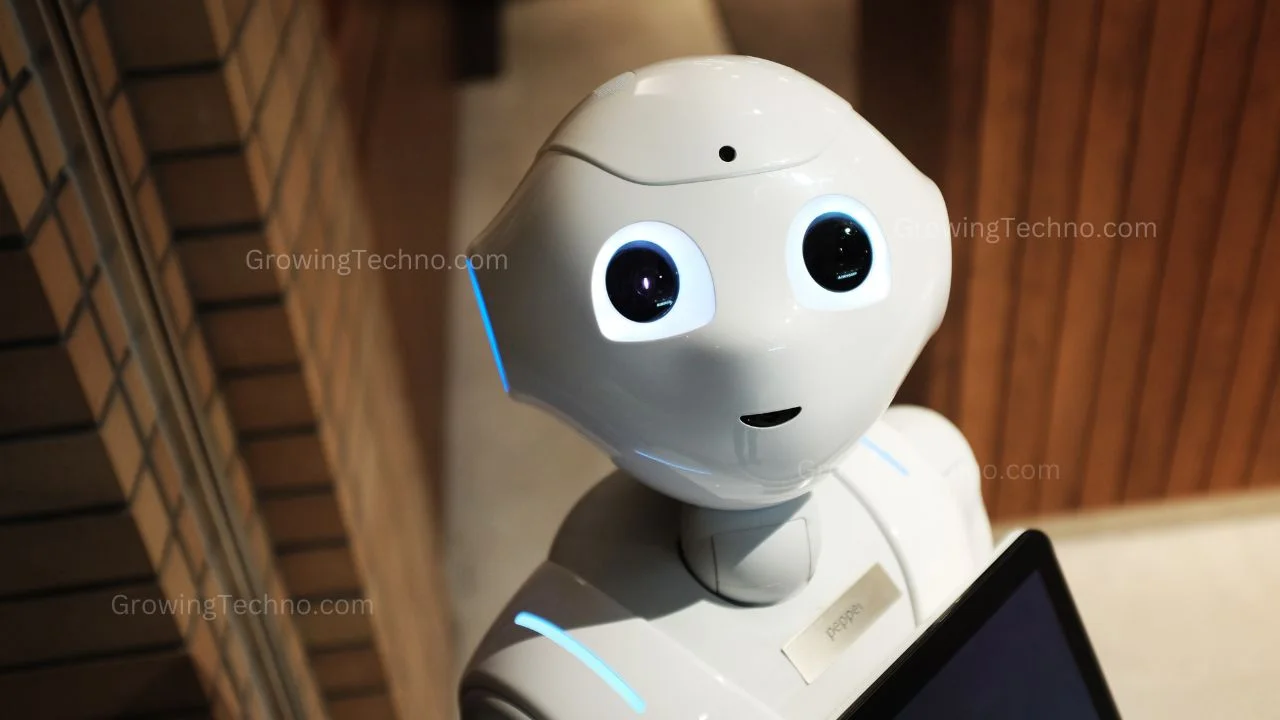
Semiconductors are the unassuming yet indispensable heroes of contemporary technology. In this comprehensive exploration, we’ll demystify these fundamental components and delve deep into their pivotal role in powering the devices that have seamlessly integrated into our daily lives.
Understanding Semiconductors: The Fundamental Concepts
To appreciate the significance of semiconductors, let’s begin with the basics.
At their core, semiconductors are materials that occupy a unique position between conductors (such as metals) and insulators (like rubber or plastic) concerning their ability to conduct electrical current. This exceptional property is what makes them the cornerstone of electronic devices, establishing their irreplaceable status in our interconnected world.
The Inner Workings: How Do Semiconductors Function?
To grasp the workings of semiconductors, a glimpse into their atomic structure is essential. Most semiconductors are composed of silicon, a substance that, in its purest form, exhibits limited electrical conductivity. However, by strategically introducing specific impurities, or “doping” the silicon with other elements, we can significantly alter its electrical properties.
There are two predominant forms of doped silicon:
- N-Type Silicon: This variant incorporates minute quantities of elements like phosphorus. These additional atoms introduce surplus free electrons into the silicon’s atomic structure, rendering it negatively charged. Consequently, this excess of negatively charged electrons bestows superior conductivity upon the material.
- P-Type Silicon: In contrast, P-type silicon employs elements like boron in its composition, creating “holes” where electrons are conspicuously absent. These holes have the capacity to traverse the material, effectively conveying a positive charge.
The true marvel unfolds when N-type and P-type silicon materials converge. Their union precipitates a boundary known as a “PN junction.” At this juncture, the surplus electrons from the N-type side migrate into the voids or holes within the P-type silicon, engendering an electric field.
This electric field permits the controlled movement of electrons from one side to the other, facilitating the generation of an electrical current. This phenomenon forms the bedrock of various electronic components, including diodes and transistors.
Semiconductors in Action: Real-World Applications
Having elucidated the underlying principles of semiconductor operation, we can now explore their diverse real-world applications:
- Transistors: The Digital World’s Switches: Transistors, like tiny on-off switches, power our daily devices, from smartphones to laptops, thanks to the unique qualities of semiconductors. Applying a small electrical signal to a transistor’s base (typically constructed from N-type silicon) allows it to regulate the flow of a larger electrical current between the collector and emitter (typically composed of P-type silicon), laying the foundation for digital logic and binary code, which constitutes the language of computers.
- Diodes: Guardians of Current Flow: Diodes, semiconductor devices that allow current flow in one direction and block it in the other, have various uses. They convert AC to DC in power supplies and protect circuits from reverse voltage, playing a fundamental role in modern electronics.
- Integrated Circuits (ICs): The Genius Within Devices: Integrated circuits, often called ICs or microchips, are the heart of modern technology. These tiny silicon wafers contain complex networks of electronic components, enabling tasks from data processing in smartphones to engine control in cars, revolutionizing electronics with their compact size and efficiency.
- LEDs: Illuminating the World: Light Emitting Diodes, or LEDs, are a type of diode that emits light when an electric current passes through them. LEDs are used in various devices, from indicator lights on appliances to the screens of TVs and smartphones, known for their energy efficiency and long-lasting performance in lighting and displays.
- Solar Cells: Harvesting Solar Power: Photovoltaic cells, commonly known as solar cells, are semiconductor devices that convert sunlight into electricity, serving as the core components of solar panels and enabling the production of clean and renewable energy for various applications, including homes, businesses, and space missions.
The Semiconductor Industry: Powerhouses of Innovation
The semiconductor industry looms large on the global stage, with behemoths such as Intel, Samsung, and Taiwan Semiconductor Manufacturing Company (TSMC) at the vanguard. These industry titans, complemented by numerous smaller players, continuously push the boundaries of semiconductor technology. Their ceaseless pursuit is directed towards shrinking chips, augmenting their speed, and enhancing their energy efficiency.
The Future of Semiconductors: Pioneering Advancements
Looking ahead, semiconductors are poised to play an increasingly expansive role in our lives. They will drive the advancement of artificial intelligence (AI) systems and enable the Internet of Things (IoT), connecting everyday objects and imbuing them with intelligence.
Researchers are also venturing beyond silicon, exploring materials like gallium nitride and graphene to forge even mightier and more energy-efficient semiconductor devices. Quantum computing, grounded in the principles of quantum mechanics, holds the promise of revolutionizing the semiconductor industry. It stands poised to solve complex problems that currently elude classical computers.
Acknowledging the Unsung Heroes
Semiconductor chips, often inconspicuous to the casual observer, constitute the beating heart of our modern world. Their presence is ubiquitous, permeating virtually every electronic device we encounter, from the mundane to the extraordinary. As we traverse deeper into the digital age, our dependence on these unheralded champions is destined to burgeon. They stand as the linchpin of our technological future, introducing new prospects and relentlessly expanding the horizons of what the digital era holds in store. So, the next time you reach for your smartphone or power up your computer, take a moment to marvel at the remarkable realm of semiconductors. These silent architects are the ones that render it all possible
The Unsung Heroes: Semiconductors in Our Lives
On a daily basis, we interact with countless semiconductor chips without even realizing it. These minuscule electronic circuits are the unsung heroes of the modern age, powering a wide array of electronic devices we rely on daily. From your smartphone to your dishwasher, these tiny chips are omnipresent in our lives.
Invisible Powerhouses
One remarkable aspect of semiconductor chips is their inconspicuous nature. Despite their pivotal role in the functionality of our gadgets, they remain hidden deep within our devices, out of sight and out of mind. To put it simply, they’re tiny pieces of silicon, about the size of a fingernail, that contain millions or even billions of microscopic circuits. The more advanced the chip, the greater its computing power.
The Lucrative Chip Market
The semiconductor industry is not only ubiquitous but also highly lucrative. In fact, it’s expected to reach a market value in the trillions by 2030. To put this into perspective, in 2019, the industry was worth around $412 billion worldwide, and by 2022, it had already surged to $580 billion. This exponential growth has triggered a global competition among superpowers, akin to a tech “cold war.”
Chips: The 21st-Century Oil
The battle for dominance in the semiconductor industry isn’t solely driven by economic factors. There’s a profound link between computing power and military strength. History attests to the fact that advanced computing capabilities have always been pivotal for intelligence and military operations.
For example, during World War II, British computers at Bletchley Park cracked enemy codes, while the U.S. harnessed supercomputers during the Cold War. This connection between technology and military power has pushed nations like the United States to prioritize chip production as a strategic asset.
Geopolitical Dimensions
Today, policies surrounding chip manufacturing extend beyond industrial goals to encompass geopolitical strategies. The U.S., for instance, has implemented the $280 billion Chips and Science Act to bolster national chip production. This measure also aims to limit the sale of advanced chips to China, preventing the latter from gaining an edge in advanced computing and AI.
Europe is also stepping into the arena with its €43 billion Chips Act, though some experts believe it may not be robust enough to ensure digital sovereignty. Despite the global push for semiconductor production, there’s currently no single facility worldwide capable of entirely self-sufficient chip production.

Interconnected Global Supply Chain
The complexity of semiconductor manufacturing means that global players are heavily interdependent. Various countries and economies play specific parts in the semiconductor value chain. For instance, the United States primarily conducts the design phase, while East Asia, with significant contributions from Taiwan and South Korea, serves as the primary manufacturing hub.
China and the U.S. also depend on Europe for crucial components. The Netherlands-based company ASML, for example, is the sole supplier of lithography machines used to produce high-end semiconductors. This interconnectivity, while beneficial for efficiency, also poses risks.
Fragility Exposed
The COVID-19 pandemic laid bare the fragility of this interconnected supply chain. The semiconductor shortage had ripple effects across industries, causing substantial losses. Rising tensions between China and Taiwan pose risks to global goods production.
In Conclusion: A World Powered by Chips
In conclusion, semiconductor chips are the quiet but mighty engines driving our modern world. They’re present in nearly every electronic device we use, from the mundane to the extraordinary. As we step deeper into the digital age, our reliance on these unsung heroes will only grow, making them a linchpin of our technological future.





















